Research Brief: Microplastic Pollution in Lake Phewa, Nepal
1Microplastic research has boomed as indicators of humanity’s reliance on plastic goods can be found in water sources across the world, even in the deepest parts of the ocean. From surface water to groundwater, primary and secondary microplastics have been found everywhere—a particularly concerning trend considering the pieces are known to carry bacteria and other organisms all across the environment as they are moved.
Primary microplastics refer to plastics discharged into the environment in their original form, most commonly in the form of effluent from textiles and personal care products as microbeads. In contrast, secondary microplastics originate from larger plastic waste that has deteriorated and broken down into many pieces.
Regardless of origin, microplastics are harmful to ecosystem health and services as they are associated with various ecotoxicological effects that can impact humans and aquatic organisms when consumed. Over the past several years, as microplastic research has grown in popularity, the topic has been dominated by ocean research, with some being conducted in large, well-known lakes that are already the target of countless other studies.
A 2022 study published by Environmental Science and Pollution Research focuses on filling in gaps of knowledge surrounding microplastics’ presence and abundance in Nepal.1 The goal of the study is to compare the microplastic concentration in different seasons for Phewa Lake with regard to surface water.
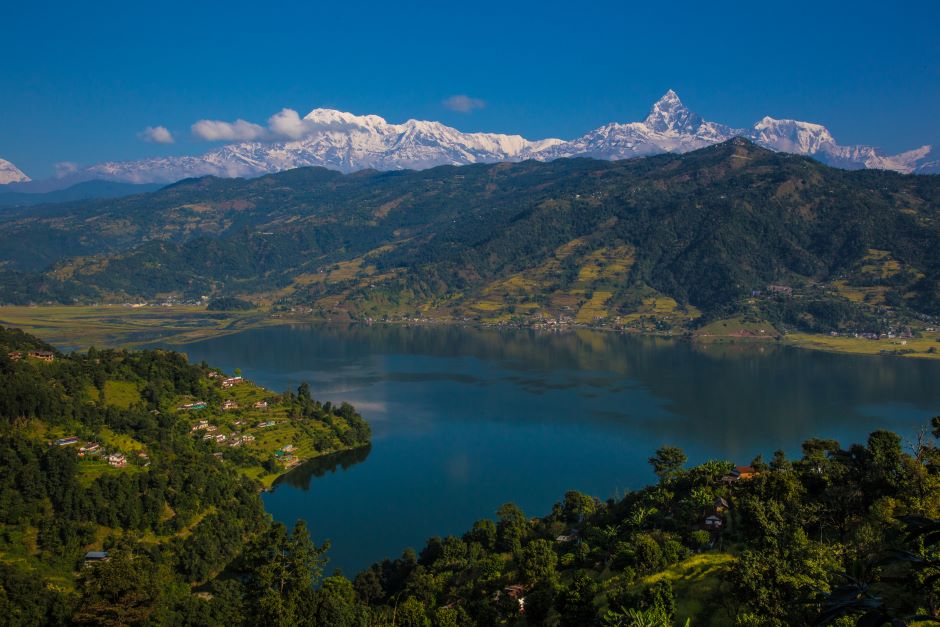
Phewa Lake in Pokhara. (Credit: Jean-Marie Hullot via Flickr CC BY 2.0)
Methods
The study represents the first freshwater microplastic assessment conducted in Nepal. Lake Phewa was chosen as the focus of the study as the source is the second-largest lake in Nepal and an important resource for the surrounding communities. A primary tourist destination for those visiting Nepal, the lake serves multiple purposes as a drinking water source, fishery and cage culture, irrigation, hydropower generation and boating.
In order to assess concentrations, surface water samples were collected at the beginning of February 2021 to represent the winter (dry) season and the third week of July 2021 for the rainy (wet) season. A total of 16 sampling sites were identified by GPS software in order to disburse sites across the lake area uniformly.
Sites were sorted into eight categories: “Inlet and outlet areas of the lake, dense, moderate, and less populated areas, center lake, temple area, and mixing area where drainage from the city is discharged.”1 At each site, 5 liters of surface water was collected and then analyzed. The microplastics collected were identified based on their morphological characteristic into shape and color.
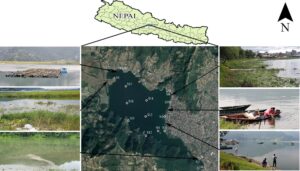
Sampling points of study area with possible sources of microplastics. (Credit: Malla-Pradhan et al., 2022)
Results
Previous studies identified urban sewage drainage, solid waste disposal, runoff from agricultural land and laundry activities as sources of microplastics in Lake Phewa but did not examine concentrations directly.2,3,4,5 Effluent from developed areas and fishery waste all contribute to microplastic concentrations in the system.
“The average concentration of microplastics in the surface water was 2.96±1.83 particles/L in the dry season and 1.51±0.62 particles/L in the rainy season. Seasonal data found that seven colors were found in the dry season, with eight colors being found in the wet season. All of the microplastics discovered in the dry season were less than 1 mm in size from sixteen sampling locations. The wet season varied, finding that 98.78% of the microplastics were less than 1 mm and 1.2% were of size 1–5 mm.1
From this, the study concludes that the size of microplastics is driven by seasonal hydrological conditions where smaller microplastics increase in low discharge conditions and total concentration decreases with the size of microplastics.6,7 Understanding the potential, the results of the study should serve as a warning to developing areas on how various practices contribute to microplastic concentrations.
Sources
- Malla-Pradhan, R., Suwunwong, T., Phoungthong, K. et al.Microplastic pollution in urban Lake Phewa, Nepal: the first report on abundance and composition in surface water of lake in different seasons. Environ Sci Pollut Res 29, 39928–39936 (2022). https://doi.org/10.1007/s11356-021-18301-9
- Cole M, Lindeque P, Halsband C, Galloway TS (2011) Microplastics as contaminants in the marine environment: a review. Mar Pollut Bull 62:2588–2597
- Horton AA, Walton A, Spurgeon DJ, Lahive E, Svendsen C (2017) Microplastics in freshwater and terrestrial environments: evaluating the current understanding to identify the knowledge gaps and future research priorities. Sci Total Environ 586:127–141
- Akdogan Z, Guven B (2019) Microplastics in the environment: a critical review of current understanding and identifcation of future research needs. Environ pollut 254:113011
- Browne MA, Crump P, Niven SJ, Teuten E, Tonkin A, Galloway T, Thompson R (2011) Accumulation of microplastic on shorelines woldwide: sources and sinks. Environ Sci Technol 45:9175–9179
- de Carvalho AR, Garcia F, Riem-Galliano L, Tudesque L, Albignac M, Ter Halle A, Cucherousset J (2021) Urbanization and hydrological conditions drive the spatial and temporal variability of microplastic pollution in the Garonne River. Sci Total Environ 769:144479
- Su L, Sharp SM, Pettigrove VJ, Craig NJ, Nan B, Du F, Shi H (2020) Superimposed microplastic pollution in a coastal metropolis. Water Res 168:115140




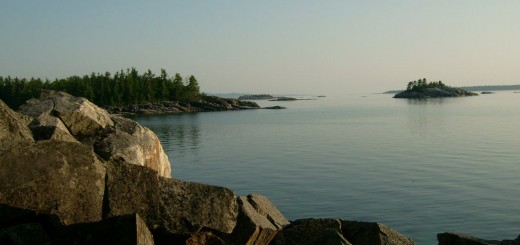
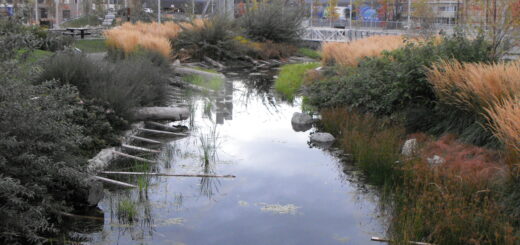
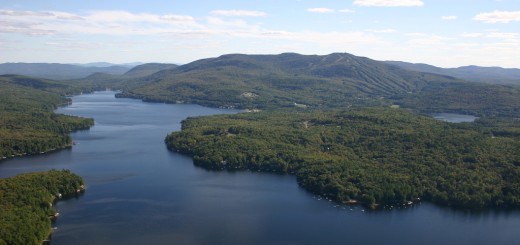
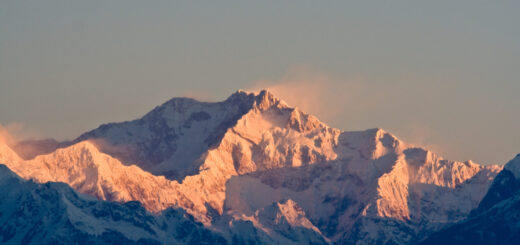






[…] papers on microplastic pollution in lakes across China and understand the pollution status and characteristics of microplastics. The review addresses the following […]